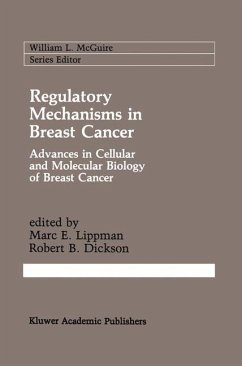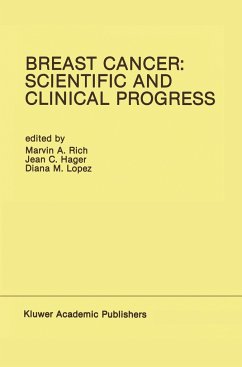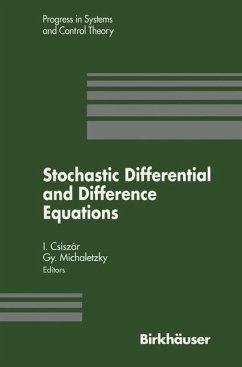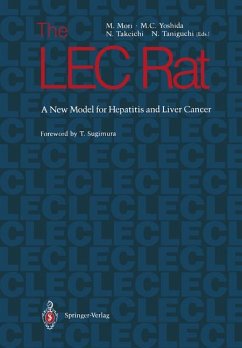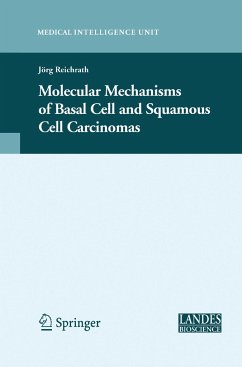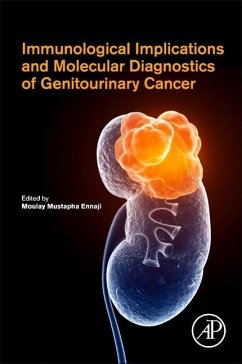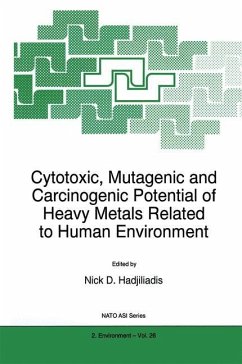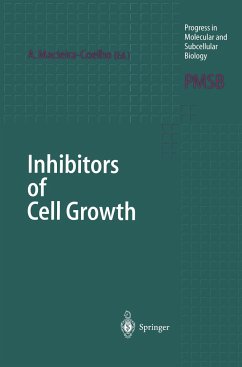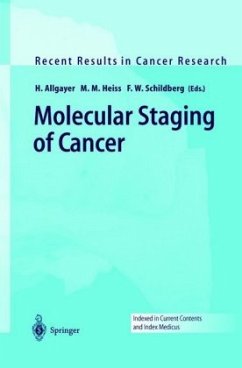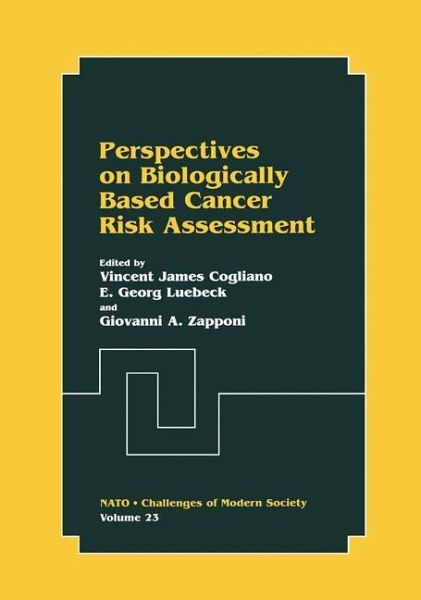
Perspectives on Biologically Based Cancer Risk Assessment

PAYBACK Punkte
57 °P sammeln!
The first meeting of the NATO/CCMS Pilot Study "Dose-Response Analysis and Biologically-Based Risk assessment for Initiator and Promoter Carcinogens" was held in Rome, Italy, in the spring of 1991, and was followed by annual or bi-annual meetings held in Germany, Greece, Netherlands, Portugal, USA, up to the end of 1995; in large part supported by NATO/CCMS grants or fellowships, and organized by Pilot Study participants. The Pilot Study activity has been characterized by a higly collaborative atmosphere, which was essential for a deep and detailed analysis of a problem on which different poin...
The first meeting of the NATO/CCMS Pilot Study "Dose-Response Analysis and Biologically-Based Risk assessment for Initiator and Promoter Carcinogens" was held in Rome, Italy, in the spring of 1991, and was followed by annual or bi-annual meetings held in Germany, Greece, Netherlands, Portugal, USA, up to the end of 1995; in large part supported by NATO/CCMS grants or fellowships, and organized by Pilot Study participants. The Pilot Study activity has been characterized by a higly collaborative atmosphere, which was essential for a deep and detailed analysis of a problem on which different points of view, methodological approaches and regulations exist in the various member countries. The Pilot Study was aimed at proposing a carcinogenic risk assessment procedure which is based on a detailed analysis of the relevant biological processes, and may also consent the verification of hypotheses. The specific form of theoretical and mathe matical models is identified by considering and using the whole set of objective data available. The multidisciplinary approach of the pilot study is reflected by the struc ture of this book. Each chapter is the result of the cooperation of several authors from to produce a comprehensive manual that includes different countries; its objective was both theoretical and practical information.





